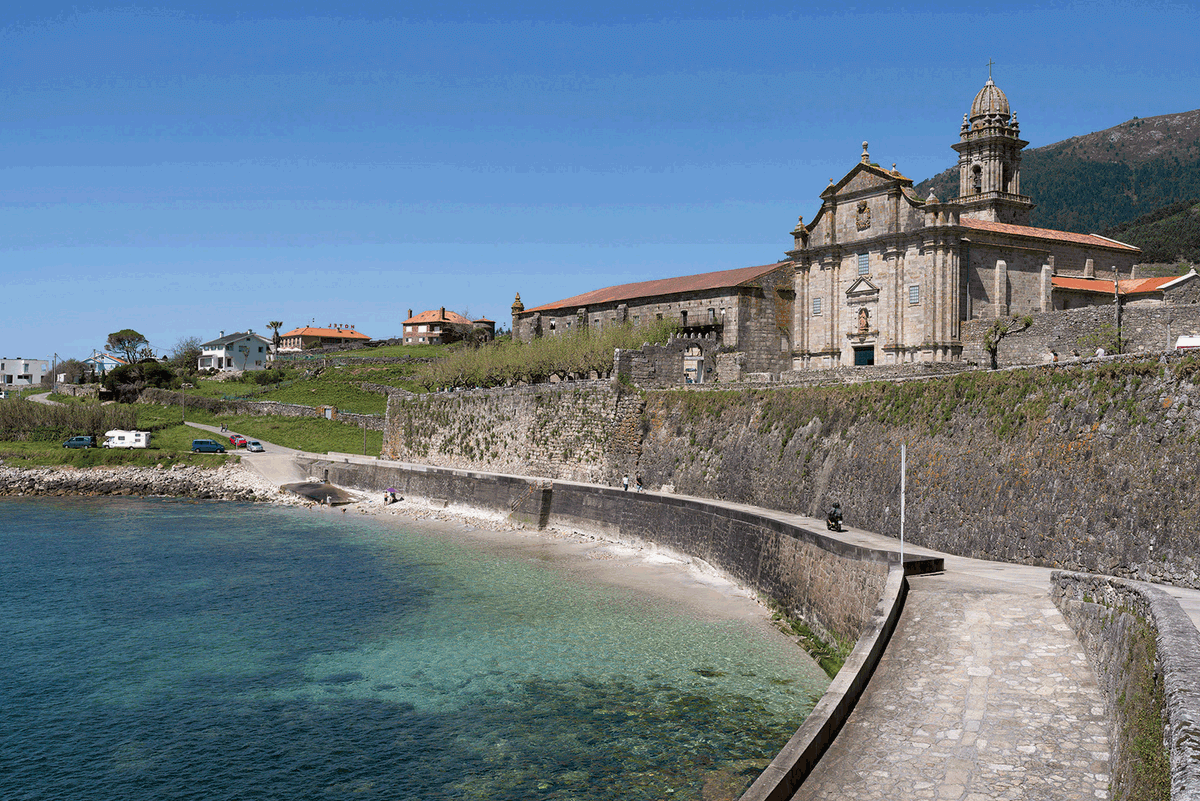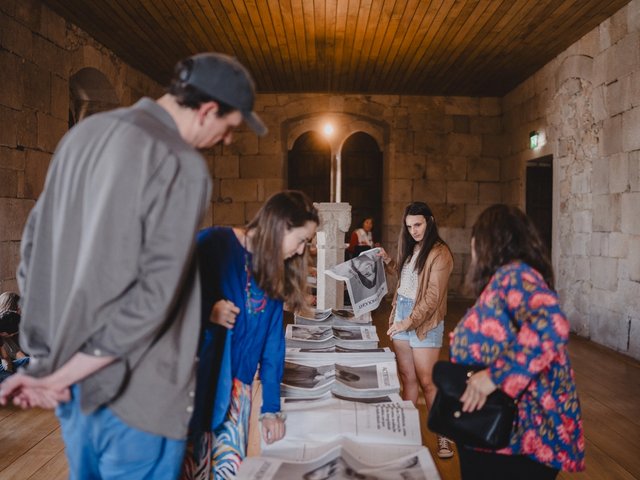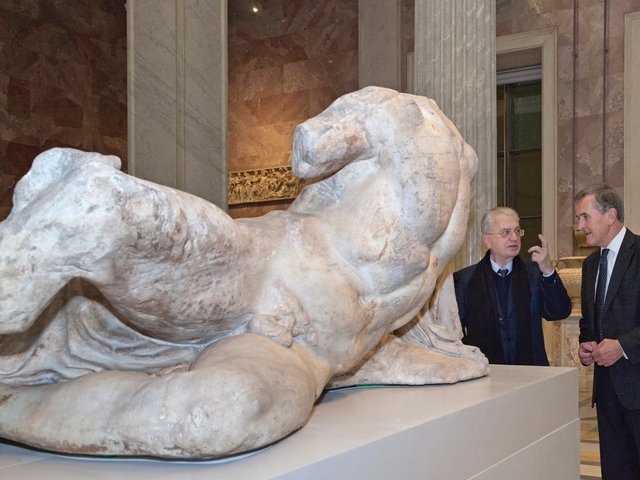Spain’s Camino de Santiago, a historic network of pilgrimage routes leading to the cathedral of Santiago de Compostela in Galicia, hosted a record-breaking 446,000 pilgrims in 2023. One major beneficiary of the boom is a lesser-known route on the Atlantic coast called the Camino Portuguese Coastal Way.
While the Camino was registered on the Unesco World Heritage List in 1993, the coastal route was only officially recognised as a route in 2016, when it recorded 2,600 pilgrims. Since then, the numbers have skyrocketed. In August, the Galician government reported that 46,690 pilgrims had so far walked the route in 2024: a 46% increase from the previous year. Projections suggest that the 260km trail, which starts in Porto, Portugal, could become the most popular by 2027, overtaking the French Way, the Camino’s main path since the ninth century.
The region is seeking to capitalise on this newfound popularity by restoring heritage sites and adding tourist facilities, aiming to turn previously hidden gems into must-sees. Since 2022, the regional government has been implementing a €39m plan that includes the restoration of heritage sites—several of which are along the Portuguese Coastal Way.
Mosteiro de Oia, for instance, a 12th-century Cistercian monastery facing the sea, is due to reopen as a museum and hotel in 2026 after receiving €4m from the government. “It’s believed that this site could be the origin of this coastal route, as pilgrims may have detoured to seek medical assistance from the monastery’s hospital,” says Sarah Barbará, the curator and director of activities at the monastery.
The priorities were washing clothes, tending to blisters and being in bed by 9pm
The monastery has offered guided visits since 2019, but Barbará concedes it has been difficult to lure pilgrims to join these because the site is located in the middle of a stage of the route. “The one-hour visit could slow them down, so they come in, walk around the cloister and leave,” she says.
“Pilgrims have their own schedule”
By offering accommodation, however, Barbará hopes the monastery will become an attractive Camino stop, especially for those who wish to do a comfortable version of the pilgrimage.
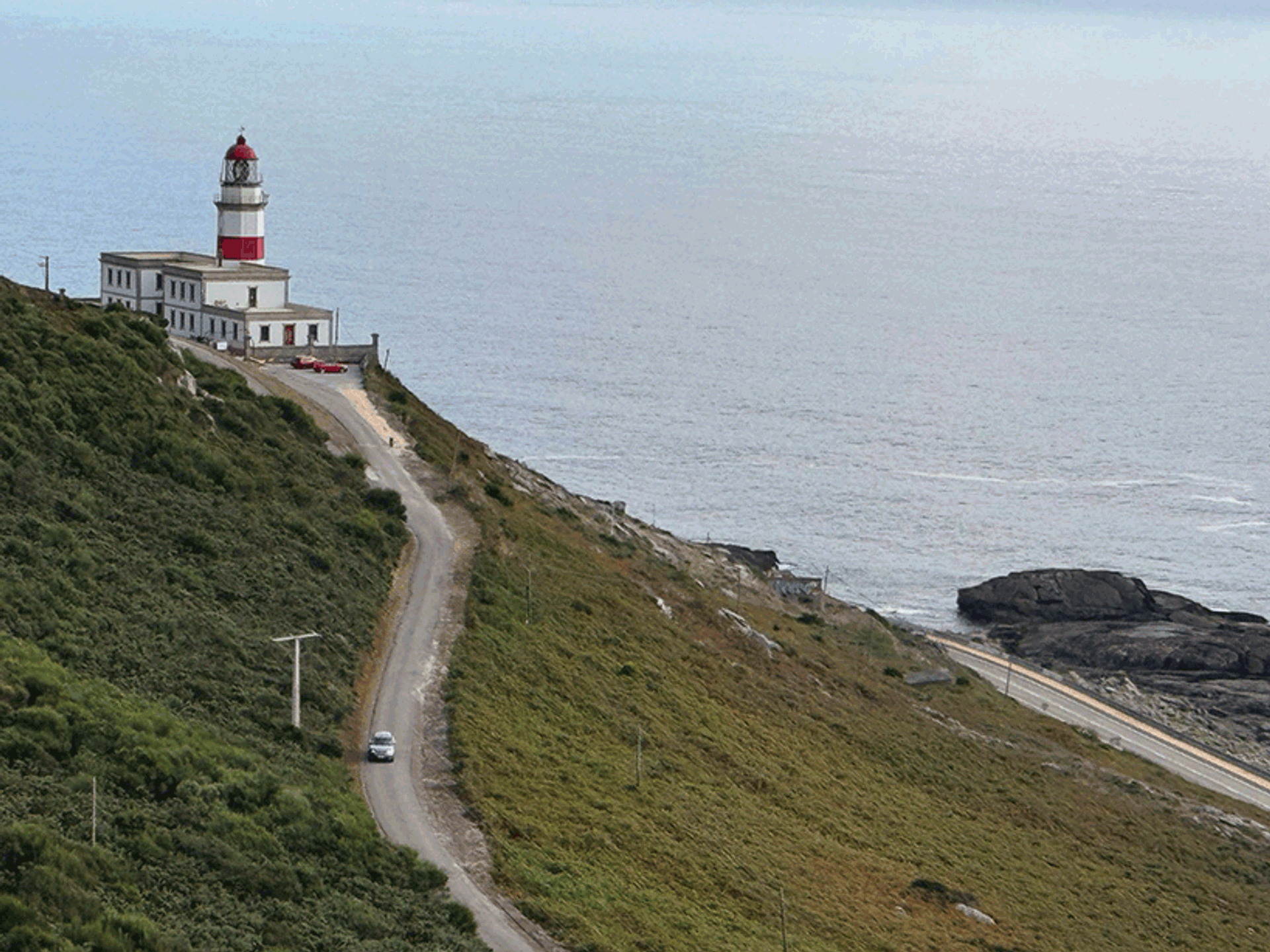
Camino de Santiago
Photo: Enrique Fernandez Otero
“Pilgrims have their own schedule,” says Stefano Dominioni, the Council of Europe’s director of cultural routes. He says it is a challenge to retain them for longer stays. “Some regions do this by increasing the variety of cultural offers, teaming up with other routes, or creating joint ventures to promote packages of offers,” he says.
Not far from Mosteiro de Oia, the two historic lighthouses of Cape Silleiro are also being restored and transformed into tourist facilities targeting pilgrims. The Faro Vello, which started operating in 1866 and was previously in ruins, reopened its doors as a tavern in August. Meanwhile, the second lighthouse, which celebrated its centenary in 2024, is being converted into a hotel and a restaurant.
Stopover towns on the route are still figuring out a way to channel visitors to their cultural sites. In Baiona, the port where Columbus’s first ships disembarked on their return from America and one of the main stops of the Portuguese Coastal Way, some sites are struggling to profit from an influx of pilgrims that far exceeds its population of 12,000.
“We haven’t felt much of an impact yet,” says Rosa Villar, the director of Casa de la Navegación, a museum located in its medieval old town. While the famous scallop signposts of the Camino de Santiago lead pilgrims past the museum’s door, few venture in. Villar notes that the replica of Pinta, Columbus’s caravel (a small sailing ship) moored in the port, faces a similar challenge, as does Baiona’s 17th-century former hospital, which features a statue of the Apostle St James in pilgrim robes.
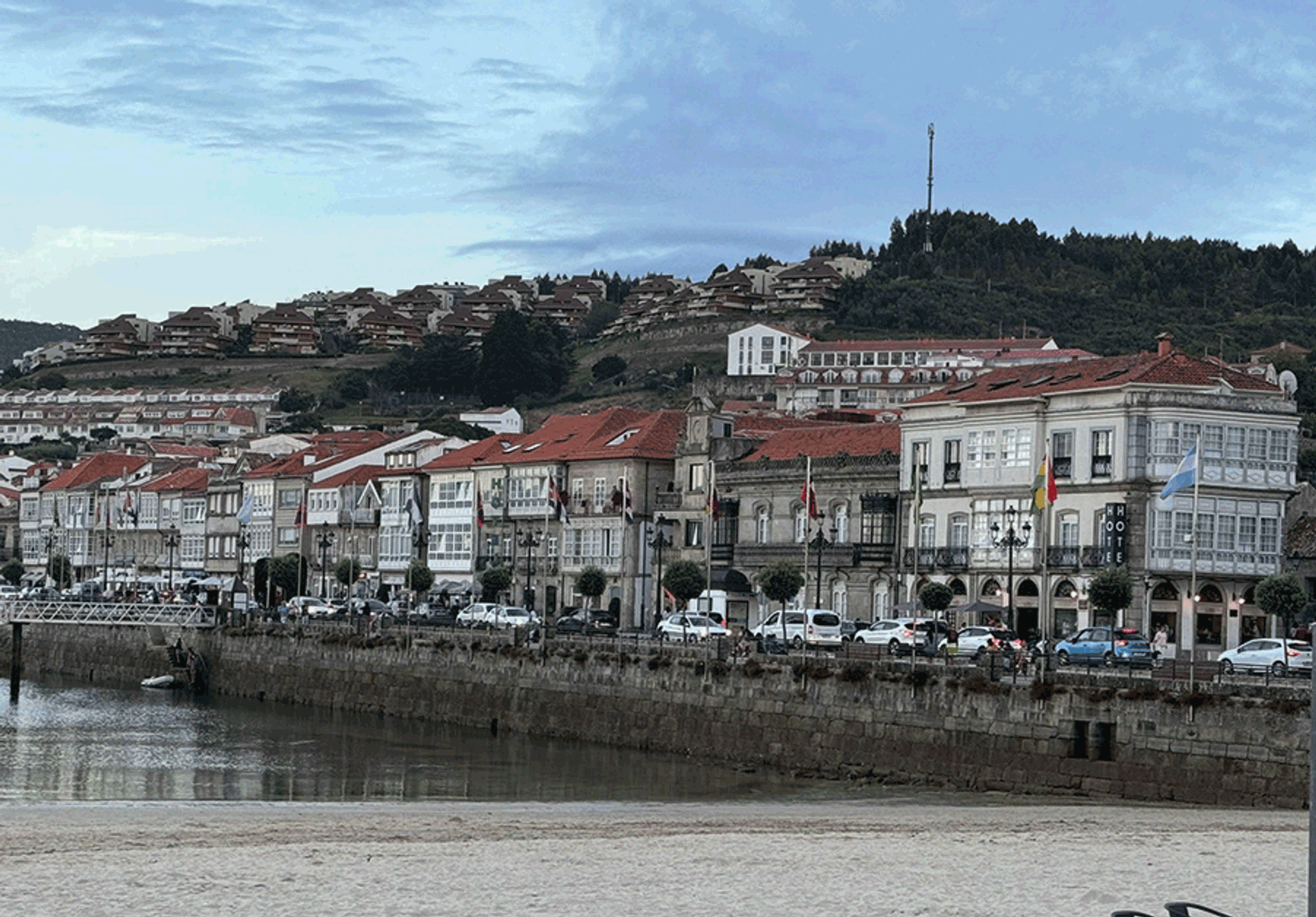
Photo: Enrique Fernandez Otero
Jordi, an Australian pilgrim who recently walked the Portuguese Coastal Way with his father, tells The Art Newspaper that while they did visit a couple of museums, their schedule left little time for sightseeing. “The priorities were washing clothes, tending to blisters, figuring out a dinner plan and being in bed by 9pm,” he says. They completed the pilgrimage in June after two weeks of walking. “What I wanted to get from the Camino was a stronger relationship with my dad, and we got that.”


